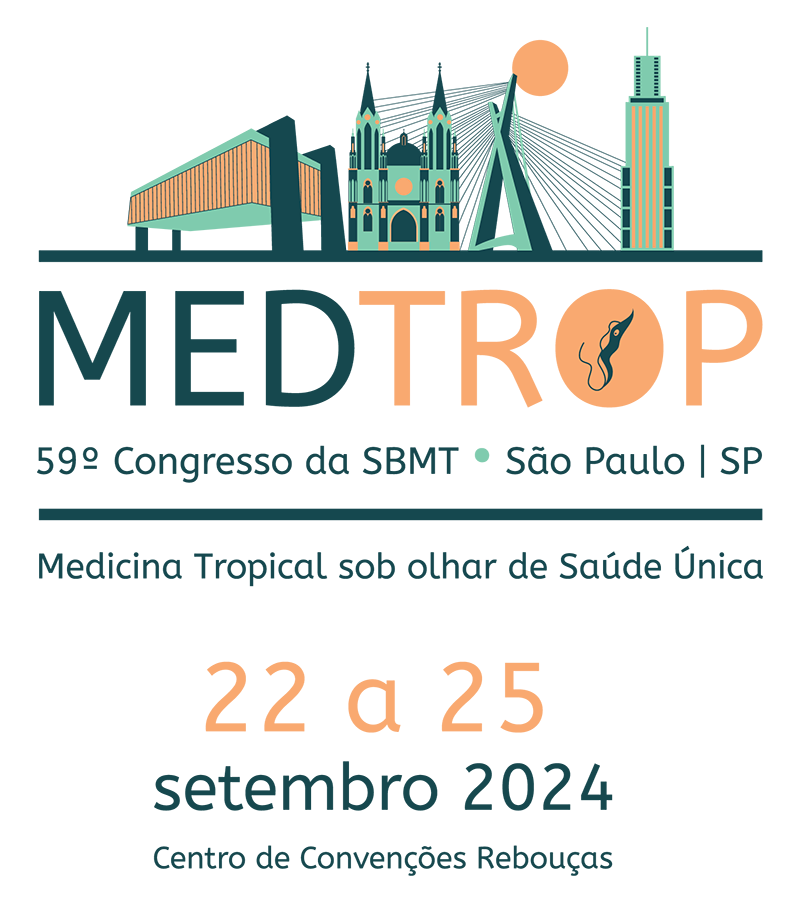Dados do Trabalho
Título
ANTI-TRYPANOSOMA CRUZI POTENTIAL OF METABOLITES FROM A SEDIMENT BACTERIUM FROM THE BITTER LAGOON IN CHILEAN PATAGONIA
Introdução
Bitter Lagoon is a small, shallow, saline lagoon in Torres del Paine National Park in Chilean Patagonia, that gather a combination of extreme environments including cold water (6ºC), strongly alkaline water (pH 9.4), and high salinity of 77 g/L. The microorganisms present in this extreme environment developed adaptation strategies at the cellular, biochemical, and molecular levels, producing a diverse array of molecules and metabolites that could be studied as potential pharmaceutical prototypes. Affecting 8 million people mainly in the Americas with a single available drug, Chagas disease is a potentially life-threatening neglected tropical disease, caused by the protozoan parasite Trypanosoma cruzi. The development of new therapies is urgent.
Objetivo (s)
To isolate bacteria from sediments of the Bitter Lagoon in Chilean Patagonia and to evaluate the anti-Trypanosoma cruzi potential of organic extracts containing microbial metabolites.
Material e Métodos
Sediments of the Bitter Lagoon were plated in different media and cultivated for 10 days at 23 ºC. The isolated bacteria were identified by MALDI-TOF MS. The metabolites of one bacterium were extracted with ethyl acetate and the organic extract (PLASE 2.0) was incubated with trypomastigote forms of Trypanosoma cruzi (Y strain) for 24h at 37 ºC. The 50% Effective Concentration was performed, and the viability detected by the mitochondrial activity using the colorimetric assay of resazurin.
Resultados e Conclusão
Sediments of the Bitter Lagoon yielded 14 isolates of bacteria, all Gram-negative, with different morphologies. One orange-coloured Gram-negative bacilli isolate (PLASE 2.0) was cultivated in Marine Agar for 7 days at 23 ºC and the metabolites extracted with ethyl acetate. The extract presented a trypanocidal effect, observed by the lack of mitochondrial activity and no motility of the parasites at the maximal tested concentration of 150 µg/mL. The 50% Inhibitory Concentration (IC50) of PLASE 2.0 resulted in a value of 4.5 µg/mL (SD± 2.1) and using thin-layer chromatography, the extract demonstrated different compounds with different retention factors (Rf values). This result reveals a potent trypanocidal effect of PLASE 2.0, which is promising for the search for a new drug against Chagas disease. Further bio-guided fractionation studies will be conducted to isolate the potential active metabolite(s).
Palavras Chave
Chagas disease; Trypanosoma cruzi; Bioprospecting
Área
Eixo 06 | 1.Protozooses humanas e veterinárias - Doença de Chagas
Autores
Vanessa Albuquerque, Dayana Agnes Santos Ferreira, Cledir Santos, André Gustavo Tempone

 Português
Português English
English